MY FIRST TRIP TO MY BIRTH COUNTRY WAS MORE THAN I EVER IMAGINED
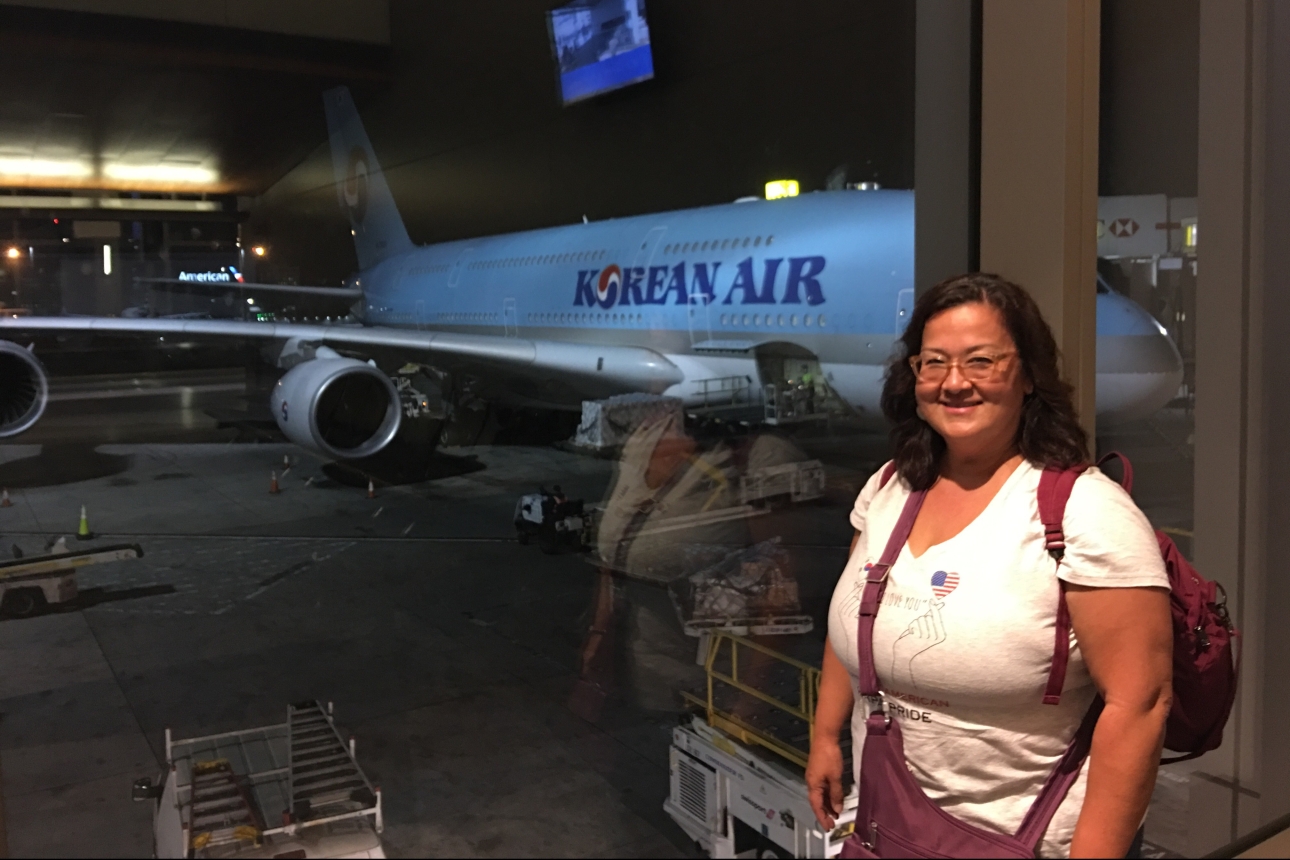
One year ago tonight, I was on a plane to Korea for my first visit to my birth country in as many years as I’d been alive thanks to Me & Korea and their Hapa Mosaic Tour It’s taken me a year to find words to share my experience in writing because the journey was so much MORE than I expected.
While I immediately squeezed out two pieces for the Korean Quarterly and for the Me & Korea 2018 newsletter, I felt that was talking to a captive audience. But when trying to explain my trip to anyone else, I felt like I was swimming, fighting to keep my head above water, trying to keep sight of the shore but not knowing which side to cling to as the waves of information and memories kept coming.
This trip changed me, I can feel it. Now, I have so much more than I did before.
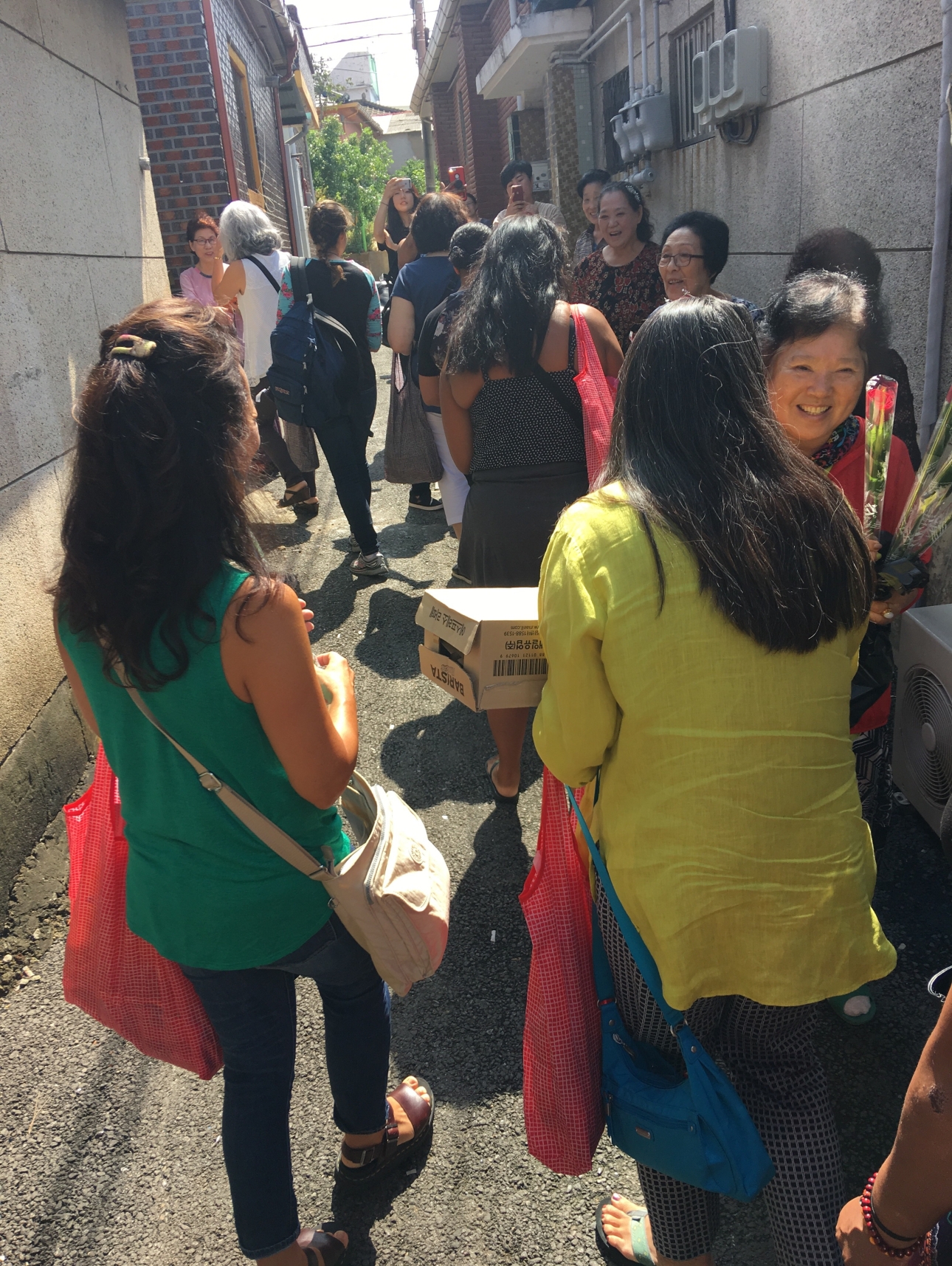
MORE HISTORY
While growing up, a small sliver of me held onto the fantasy that I’d return to South Korea only to find I was a long-lost princess. Walking through the streets of South Korea with a group representing a living chapter of many countries’ histories felt even better than any Princess fantasy. Right now, I’m fortunate enough that the full span of that history is present as I am able to meet Korean Adoptees (KADs) sent away during the first-wave of adoptions right after the Korean War to those towards the end of this story – as Korean intercontinental adoptions slow down.

MORE SCARS
Our realities reveal huge discrepancies between what we were born into and what we grew up with – no matter which country we were adopted to. I’m still bothered by the heart ache over what little support exists, even now, for single Korean pregnant women. I want to bang my head over the irony of the national registry that everyone must be on yet that won’t record children if there is no father – unless they were found abandoned in the streets which means they’ll be assigned to one. I’m haunted by the fact that while I was in the USA consumed by the color and excessiveness of wanting my MTV, my birth country was still drowning in a bleak ravenous poverty.
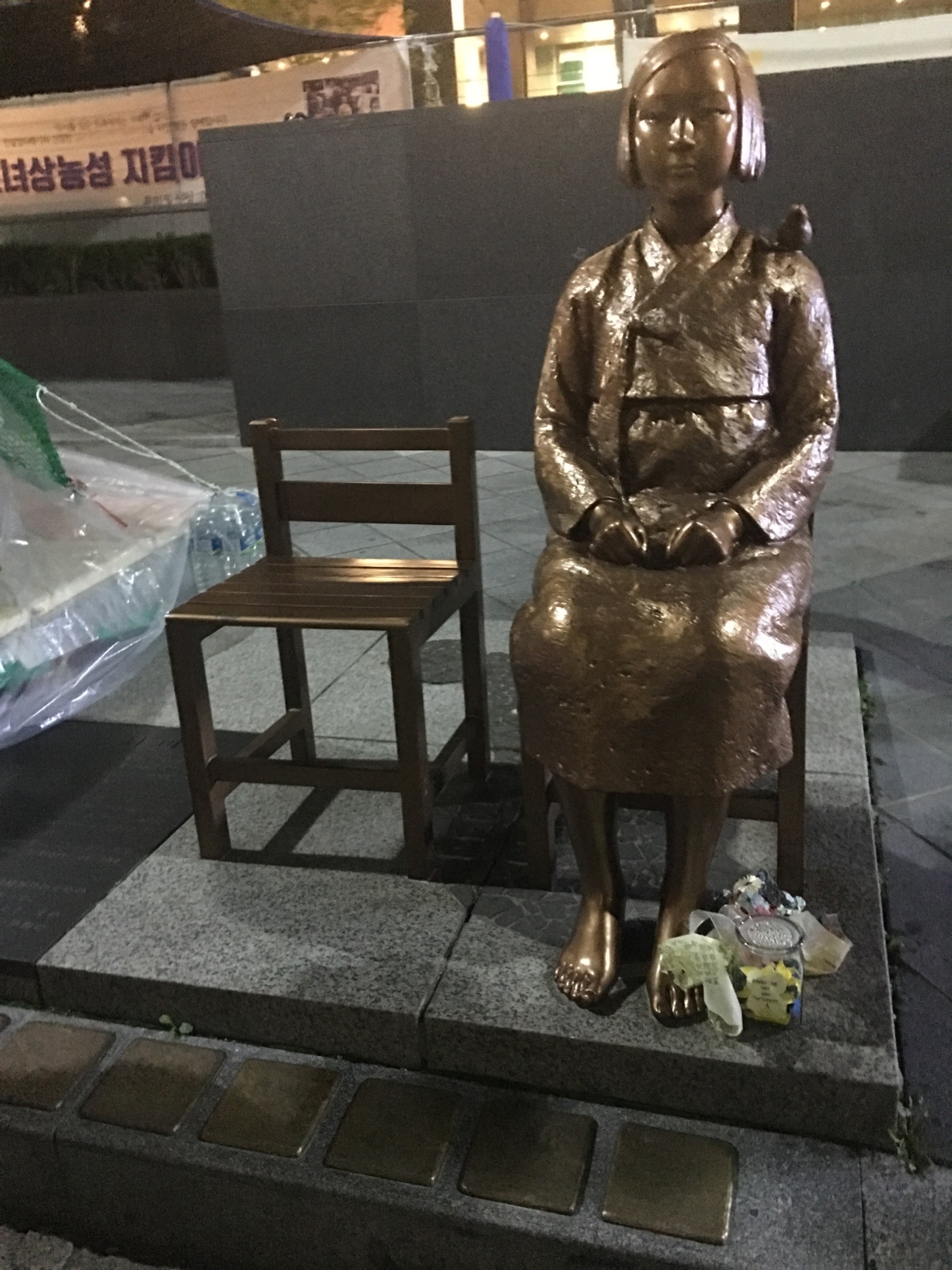
MORE TURMOIL
Turns out as a Hapa (mixed Korean) adoptee I’m a part of multiple layers of a controversy interweaving many countries’ histories – that most refuse to acknowledge. Since the Korean War, there have been Comfort Women in camptowns, the commercial areas adjacent to US military bases in Korea. These women are government-sanctioned workers there for the enjoyment of the soldiers (to put it as mildly as possible). The media tries to paint a picture that there are only a few left and that the 122 won a lawsuit winning a case against the government, and approximately 57 won small financial restitution so we should all be happy and move on.
This history did not end when the Korean war ended. When I was born in the 70’s, there were still approximately 20,000 women serving 60,000 soldiers (Kingston/Japanese Times). Another article estimated that it was closer to 46,000 women in 1969 who earned $70 million dollars (Jeffrey/United Methodist Women). Women wound up there for many reasons: those illegally trafficked, those trying to feed their families, perhaps trying to do their part to get more of the US money to help Korea crawl its way out of poverty, or perhaps repaying their own debts. However, the country didn’t consider the by-product of this idea – the mixed Korean babies in a culture strictly valuing pure bloodlines.

MORE COMPASSION
In my heart, I have to forgive the past and, as Oprah would say, give up the hope that it could have been any different. Bottom line, I know I am fortunate to have been the result of one brief encounter that created me. My birth mother kept me for 2 months then I was treated with care as I quickly transitioned from Korea to America. I arrived to a family who welcomed me and loved me. Nobody else can tell an adoptee how lucky they should feel. But I can tell you how it gives my life an incredible feeling of purpose to know that despite the odds that were stacked against me, I’m here.
I also cannot comprehend how it felt or assume how I would have behaved while living through the war, being separated from my family as a teen to fight a battle in a foreign country, or living in a country so poor that giving up a child to feed the others seemed like a reasonable decision. I cannot comprehend the societal pressure that causes someone in the family to turn over their mixed baby to restore stability to their place in society. I grew up in a country with different origins, history and culture than Korea where I almost cannot imagine life any other way and it’s not my place to judge others.
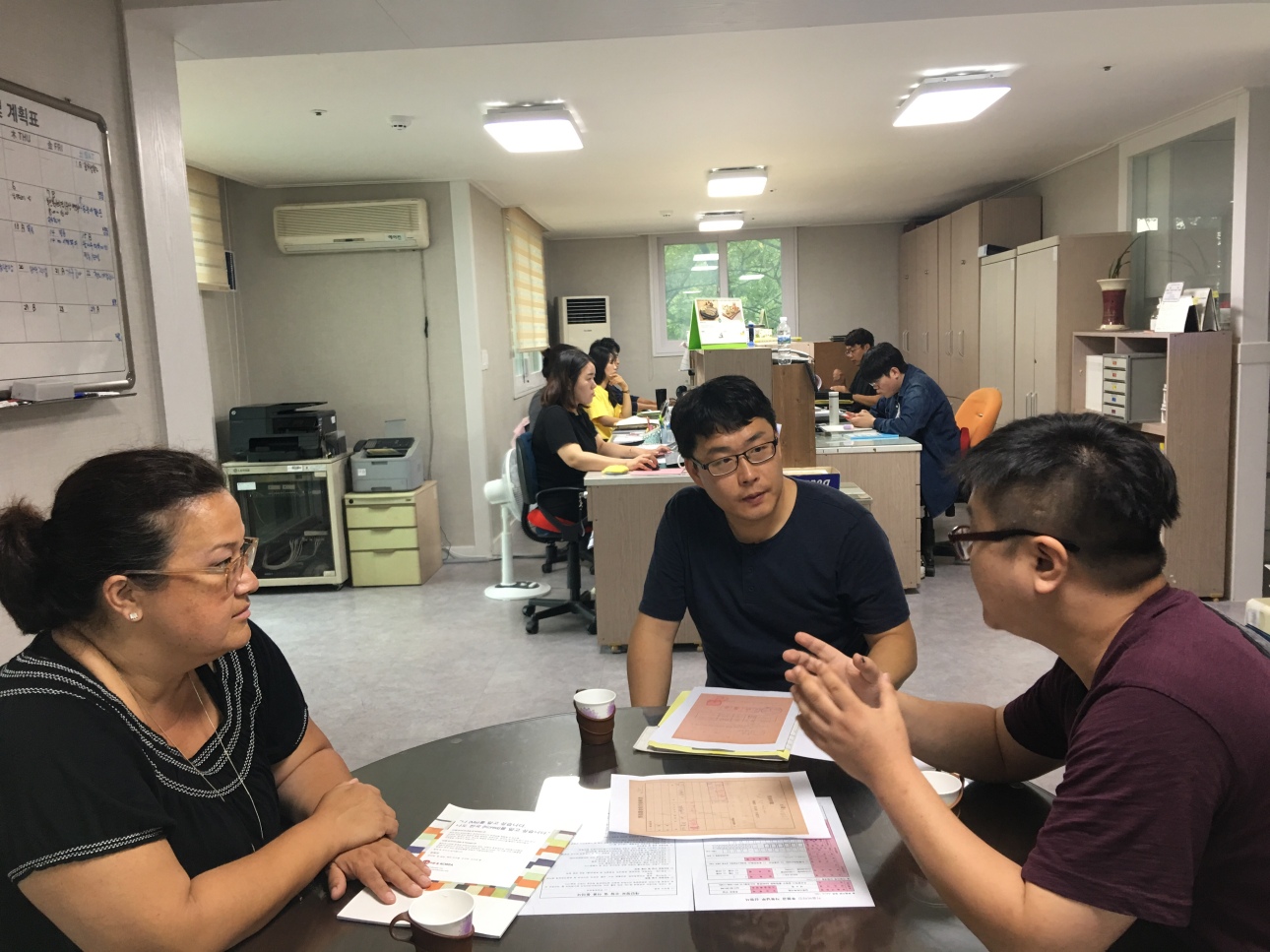
MORE DETAILS
During the months leading up to the trip and while on the trip, I learned more details about my past. I learned that I was from Busan, not Seoul. I learned that I was turned in by a woman – my translators feel this was most likely a relative. I’d always believed I was abandoned in the streets and found by the policeman as my mass-produced adoption papers stated. I learned that my birthday is correct or super close to what I thought it was. I learned that I grew up as the youngest child in a foster family for a few months. Though there was no way to remember any part of this, I felt like my inner child felt redeemed now that I clung to these tidbits.

MORE DISTANCE
At the same time, I’m even farther away from my history. Though DNA has overwhelmed me with hundreds of cousins and a thriving family tree, the majority are from my caucasian side. Though I’ve tested with 3 companies, these companies don’t have many people from Korea in their databases. The companies just aren’t commonly represented in Korea. Though, this is starting to change. There are some organizations like 325Kamra that give free tests to Korean Adoptees, nationals and to military GIs.
The women who could be our birthmothers, may not want their families to know that they had a child previous to their current relationship due to the culture that still exists in Korea. They don’t want their children to reunite with them because their shame for what they did for work, or for giving up their children, is too large to bear. I’m telling the birth moms that your children do not care and simply want to connect with you. Our only string of hope was leaving DNA samples in the police station in Korea hoping that eventually family members will do the same.

MORE LIKE ME
For years, part of my resistance towards traveling to Korea centered around a fear of rejection. I stand out and thought I would be shunned because I’m not full-Korean, I know nothing about being Korean and am an adoptee. To my relief, there was not one time on the trip that I did not feel welcome. No side eyes, no indirect whispers, no bad feedback to my attempts to bow or greet people in Korean – nothing. I loved that we spent time with adults who lead similar lives. My KAD friend and I spent time with two Korean BFFs who loved to shop and to eat – perfect! They took us under their wings with gusto and showed us around town walking many store blocks and shoving spoonfuls of food in our mouths.
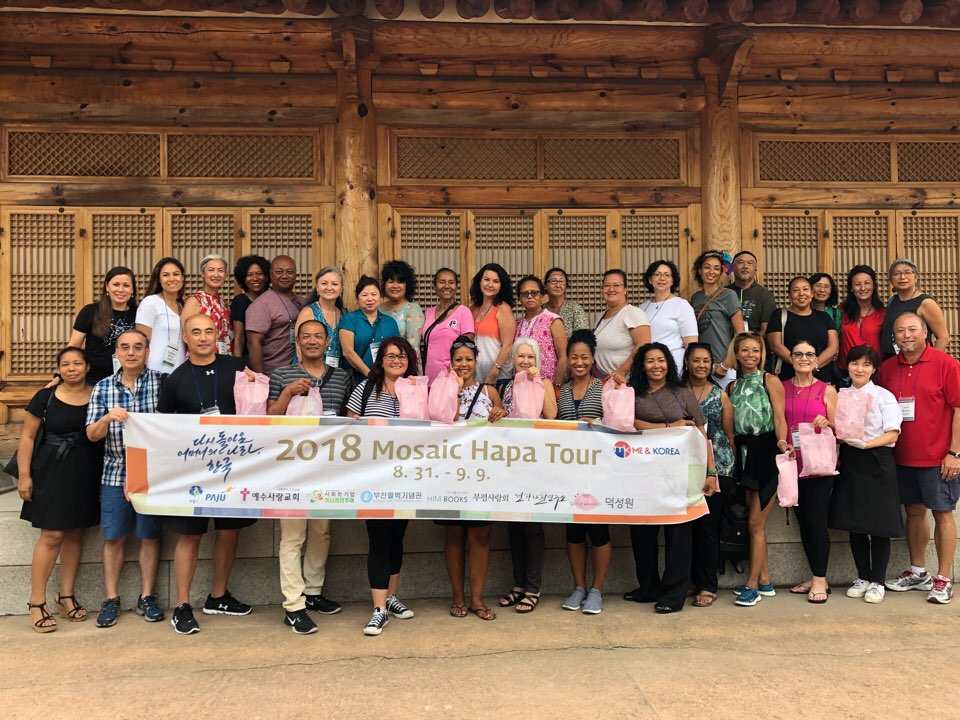
MORE CONNECTION
The ability to take this journey with other KADs was a gift. We instantly connected over our mass exodus and desire for information though recognized the significant differences from our childhoods living here and the various routes making up the rest of our lives. I was grateful to have this community of sisters and brothers who understand and get parts of me without any explanation.
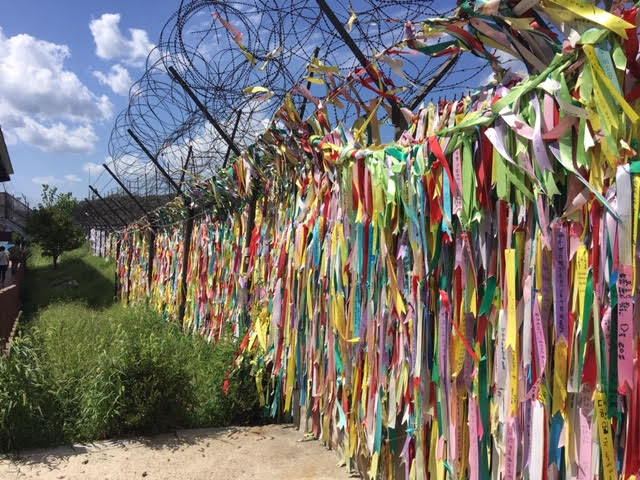
MORE PAIN
Other people’s energy tends to saturate me so sometimes their pain overwhelmed me. Sometimes I felt guilty that I couldn’t help carry their pain, and that I didn’t experience the same level of loss on any conscious level. We shared stories, we cried to each other, sometimes our crazy family dynamics manifested in wild unexpected ways. It’s a frightening and painful thing to experience that many people feeling so raw and torn open but a beautiful thing to witness at the same time.
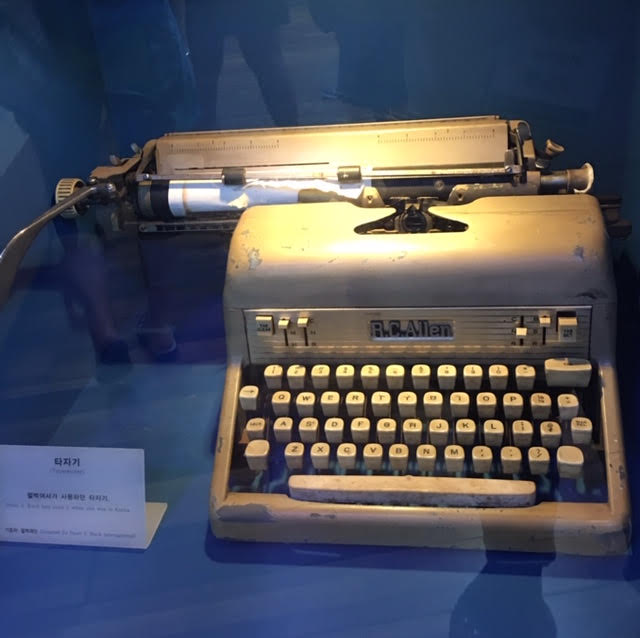
MORE PURPOSE
I feel as though I’ve been given this amazing fresh lump of clay to mold and shape into something amazing. So far, I feel the power of our KAD shared truths. The more we “older” KADs talk about our journeys to Korea, our birth searches – if we’ve done them, or even just what it feels like to not relate to our birth culture because we’ve been raised in another one – the more strength and guidance there is in our KAD community. My new goal is to help others uncover their truth, find peace with what they find and discover their paths in life as well. I’m still shaping my vision for how to do this, but I’m excited and anxious about the possibilities!
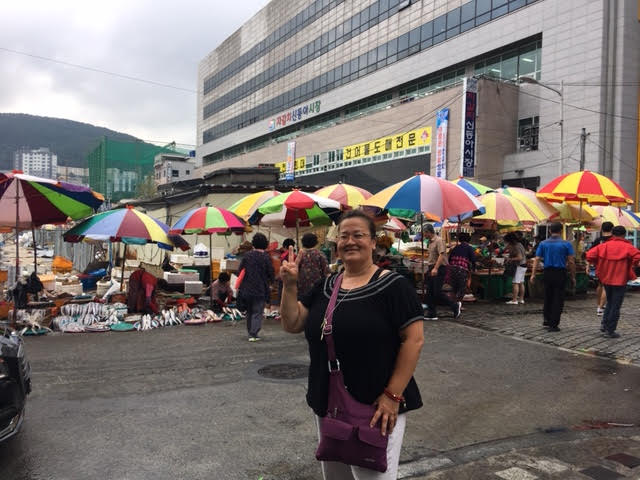
MORE GROUNDED
One KAD explained our transition so well – that we all left Korea by falling through the Narnia wardrobe into fantasy worlds where we grew up, but the minute we step back through the wardrobe returning to our birth country, we return to our inner child at whatever age we left. I’ve learned to sense my inner child and am learning how to care for her. I tended to just stay busy thinking that if I was still moving forward then I must be ok. I have spent my life always moving, adapting and settling into new normals whether self-enforced or by forces beyond myself. Building thick walls to compartmentalize my conflicts while operating in constant survival mode isn’t healthy and wears me out. I’m working on incorporating time to be still for writing or reflection. My inner child now lives with me after we reunited in Korea.

MORE MYSTERY
For every step I drew closer to my past, an obstacle got thrown in my path. While I had an address in my file that the person who turned me in left as a “home residence,” who knows if the name or the address was correct. When we drove to the address, the rubble of the neighborhood littered my path. Our early histories are being demolished with the urgent need to modernize Korea.
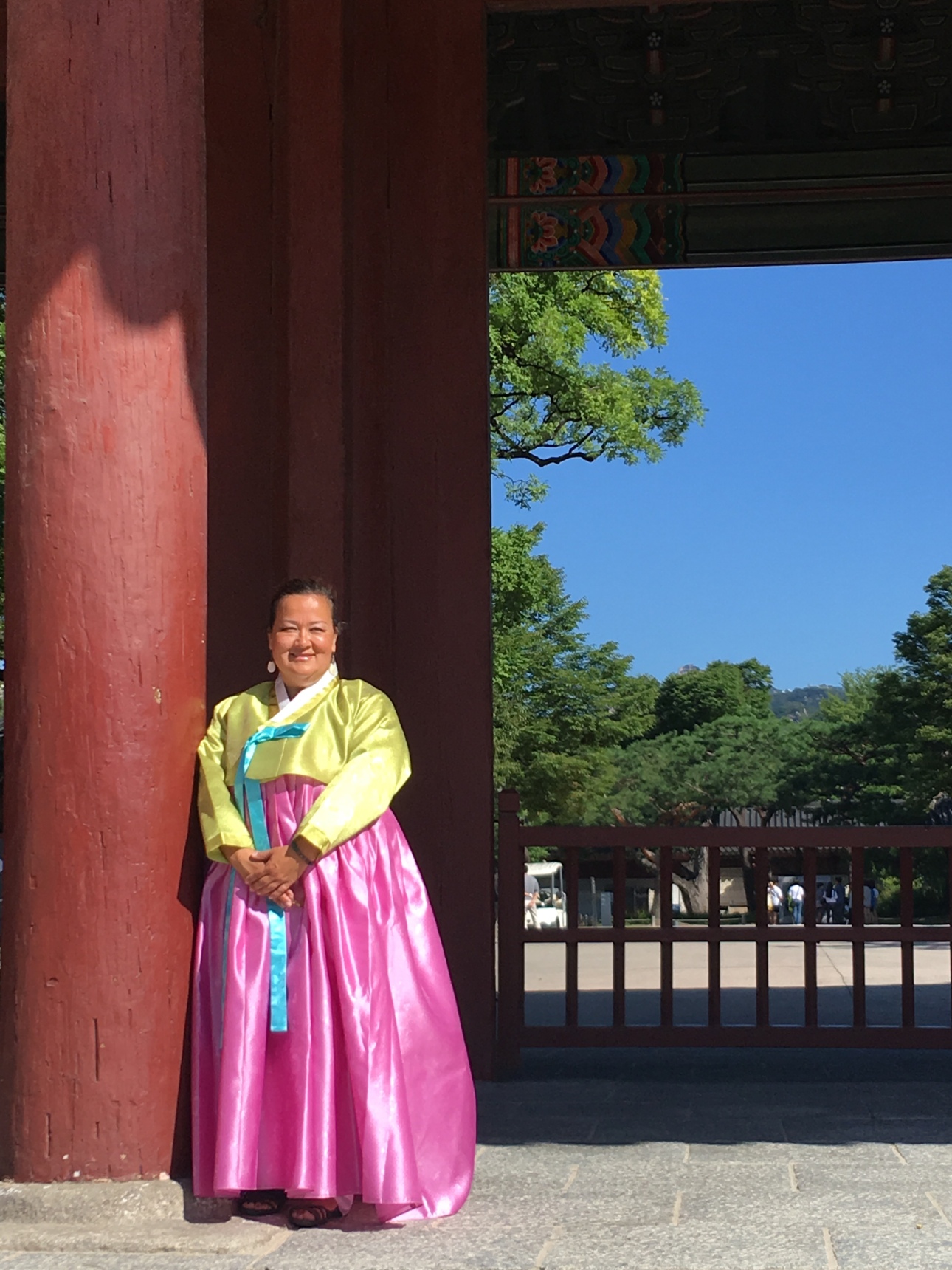
The trip introduced us to the colorful, bustling Korean culture, Korean and American history, and our individual histories. I look forward to recording the rest of my trip and really diving in to capture every event and every emotion along my journey. My history is a mystery.
What about yours?!
What do you know about your history – whether you’re adopted or not.
Have you done DNA testing?
Did you have any surprises along the way?
Tell me more!
#koreanadoptee #kad #Korea #Seoul #Busan #Bupyeong #Pyeongtaek #ComfortWomen #KoreanWar #history #Adoption #Adoptee #Camptowns #DNA #Geneology #BirthSearch #MixedKorean #Hapa #MosaicTour #MyHistoryIsAMystery #SeoulSearch #MakesMeWander



So beautiful and honest. What a trip it was for you!
Thank you Amy! It was a lot to take in but so worth it and I can’t wait to go back!!
I loved feeling through this with you~ such beautiful validation for you~
Thank you Lisa! Appreciate your support!!
Beautiful and so eloquently stated! So glad you are sharing your experience, Sarah.
Thank you Linda! I am glad you were a part of the journey!
Very nice piece Sarah! So grateful that we have shared our first return to Korea together.
Me too Mindi! I am so grateful for having met you too – on so many levels!!